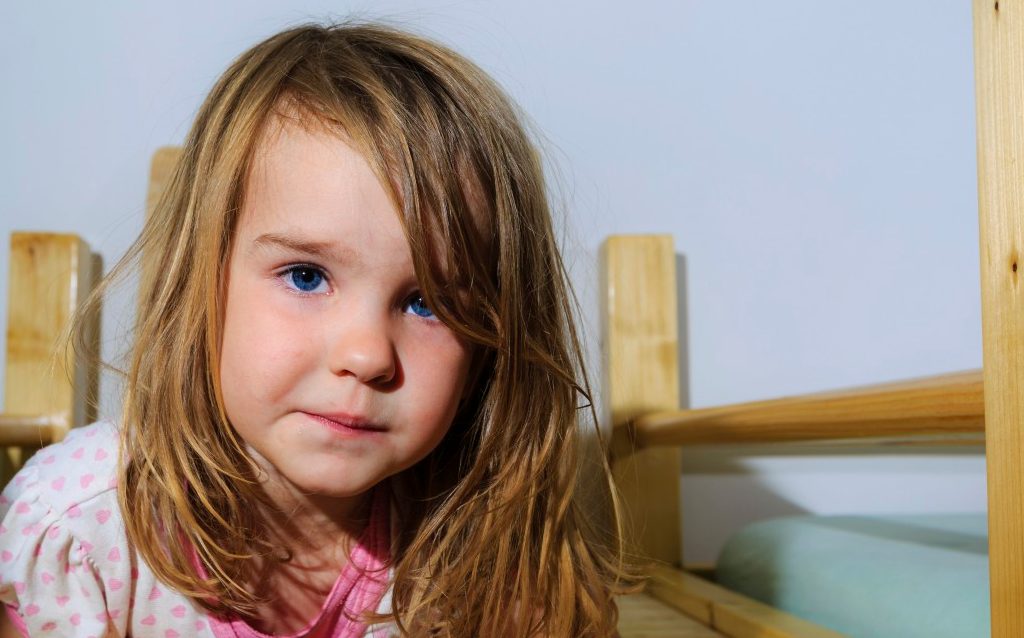Teaching Empathy to Children with Autism

Children on the autism spectrum are often described as lacking empathy. If that’s true, how can they understand how others are feeling? The answer isn’t simple.
It’s not that simple. Gary Kaplan, a teenager with autism, says he relates to others — especially his friends and family — but doesn’t always respond correctly.
“I have a handful of close friends,” he said. “I know when they’re hurting or when they’re angry and even happy. My response time is slow, and I don’t always react appropriately. I’m learning.”
YOU MIGHT ALSO LIKE: How to Get Children with Autism to Play
Can people with autism feel emotions?
Empathy is one’s ability to understand emotions that another person is feeling. “Children on the autism spectrum have difficulty reading cues,” said Karen Liberato, LCSW, a counselor and therapist at The Calais School and Therapeutic Options. “While they do have feelings and can empathize, they can have trouble seeing the world from someone else’s perspective.”
When Kaplan, who’s 15, hangs out with his friends, he often keeps to himself. He doesn’t always join in on the conversation. “I’m sitting there and listening and forming my opinions,” he said. “I know when someone raises his voice that he may be mad or excited. I have a harder time with more subtle tones and expressions.”
Understanding subtleties takes work. It would be easier if we had an emotion detector machine like the one in a recent episode of The Big Bang Theory, a popular television show in which Sheldon Cooper, one of the main characters, exhibits Asperger’s-like tendencies. Like Cooper, most people with Asperger’s syndrome are high functioning, and that must be considered; it’s called autism spectrum because the range goes from low functioning to high.
“Many people with autism are mistakenly thought of as being rude,” Liberato said. “You have to understand that most social cues are taught and can be learned. Kids on the spectrum need to be prompted and rewarded. If they don’t say ‘hello,’ that doesn’t mean they don’t want to engage.”
Kaplan agrees. “It’s not that I don’t want to engage,” he said. “And it’s not that I can’t. I definitely can. Sometimes, I have a hard time figuring out what other people are thinking. I can’t always read their body language.”
Teaching empathy to children with autism
Reading someone’s body language and social cues can be learned.
“A lot of people on the spectrum respond well to visual cues,” Liberato said. “They can look at photos of people portraying different emotions, such as being happy, sad, or angry. We can draw pictures of people with different emotions, too. And when we do this, we talk about those different emotions.”
Among other activities for children with autism, watching movies is also beneficial. Observing and talking about various facial expressions and listening to the tone that’s used also provide insight as to what a character is feeling.
Based on working with autism children, Liberato recommends the ILaugh Model of Social Cognition, developed by Michelle Garcia Winner, a speech language pathologist who specializes in treating people with social learning challenges. The model provides a framework that explains multiple skills and concepts that need to be learned to succeed at social interaction.
Observing and listening to others are part of the process. Knowing when to use certain gestures is also taught. For example, a high-five signal is given when we agree with someone. For those who have trouble reading signals, they may give a high-five sign when it’s not appropriate. That’s why these social cues need to be taught.
“We talk about other people’s feelings and look at how they view a situation,” said Liberato. “Sometimes, the kids (in her group sessions) are surprised when their peers view a situation differently than they do. It doesn’t make them wrong or uncaring. We talk about the different perspectives and teach them how to read those signals.”
“We also look at how many people are in a situation,” she said. “Sometimes, it’s hard to read facial expressions when you are part of a group.”
Kaplan knows that firsthand.
“It’s easier for me to react when I’m in a one-on-one situation than when I’m with three or four friends,” he said. “There are too many distractions in a group. It can be noisy, too. So, when I need to understand what someone is feeling, I need to spend alone time with that person. That way I can get a better read on them. It may take me a bit longer to react sympathetically, but my friends know me. They know I care and that I can empathize.”
Updated:
April 04, 2023
Reviewed By:
Janet O’Dell, RN